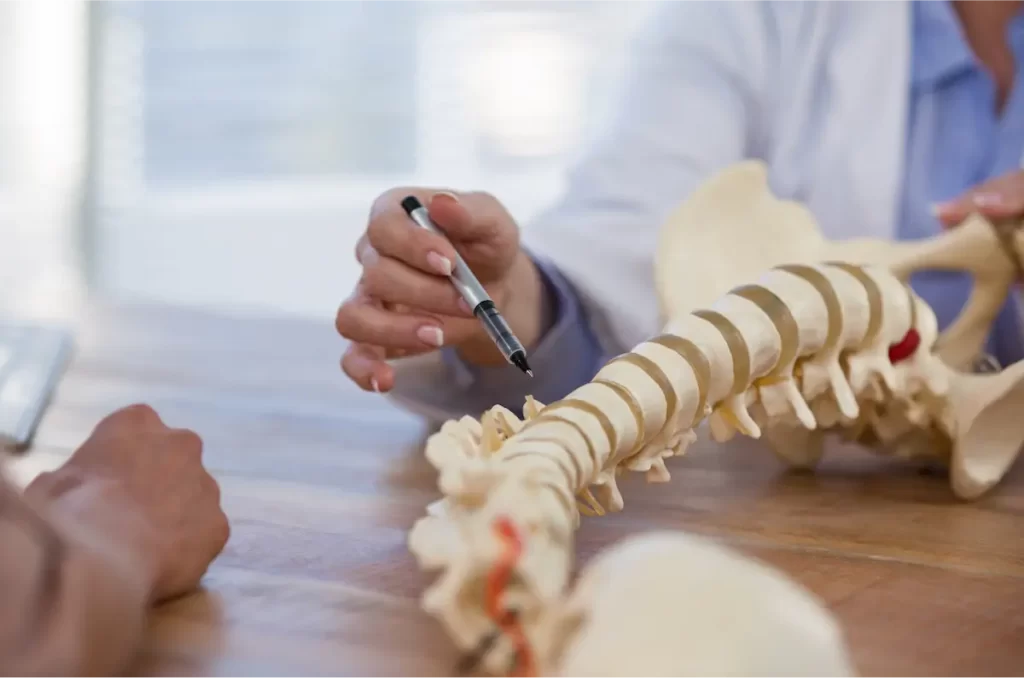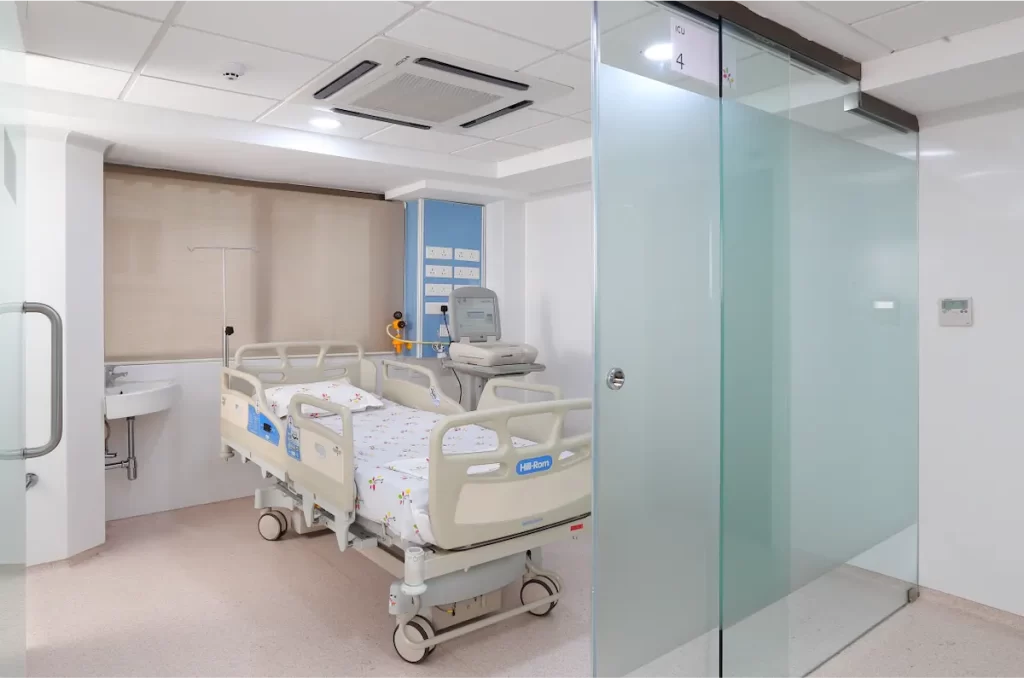Vertebroplasty and Kyphoplasty are advanced, minimally invasive spine procedures used to treat painful vertebral compression fractures caused by conditions like osteoporosis, trauma, or cancer. In Vertebroplasty, bone cement is injected into the fractured vertebra to stabilize it, while Kyphoplasty involves inflating a small balloon to restore vertebral height before cement injection. Both techniques aim to relieve pain, restore spinal stability, and improve mobility. They offer quick recovery, minimal hospital stay, and high success rates in reducing pain. These procedures significantly enhance quality of life, especially for elderly patients suffering from chronic back pain or collapsed vertebrae.

26% women older than 50 years are prone to Vertebroplasty and the prevalence increases to 40% for 80 years of age
Chronic pain occurs in 1/3rd of vertebral compression fractures leading to osteoporosis
The success rate of Vertebroplasty & Kyphoplasty is 73 – 90%

A vertebral compression fracture does not always show obvious warning signs at first, but many people begin to notice changes in their back or posture over time. Some of the typical signs include:
Certain conditions and lifestyle choices increase the risk of vertebral fractures, making bones fragile and more prone to collapse. Common risk factors include:

As our valued patient, you are at the center of everything we do – and that will never change.
Open every day from 8 – 8, with no appointments necessary. Just walk in at a time that works best for you.
We know how busy life can be. That’s why most patients are in and out in less than an hour.

Proper nutrition is critical for spinal health and fracture prevention:
Reducing the risk of vertebral fractures and maintaining spine health involves simple lifestyle measures:

From trouble sleeping to work stress to anxiety to depression, we all have difficulty managing our emotions at times. It’s part of being human. And addressing these issues is a vital part of what we do as a primary care practice, because your emotional well-being is essential to your overall health and wellness.
We’ve redesigned the doctor’s office experience to fit your life, put you at ease, and treat you as a whole person. We create safe and inviting spaces,
ask meaningful questions, give you time to talk, and listen without judgment. Then we work with you on a plan to help you feel your best — whether you want to sleep better, feel calmer, worry less, or get a better handle on your mood.
To continue shedding a light on mental health issues, we teamed up with the award-winning musicians from Bear and a Banjo to create a song showing people they’re not alone. See how the project came to life in the video above — and if you’re struggling, we can help.

Accurate diagnosis ensures timely and effective treatment:
Modern hospitals like VS Hospitals provide comprehensive vertebral care, including:


Hospitals and clinics that provide Total Hip Replacement should have state-of-the-art facilities to ensure the best outcomes:
The recovery time for Total Hip Replacement typically ranges from 6 weeks to 6 months. Patients can start walking with assistance within a few days, but full recovery, including regaining strength and mobility, may take several months. Rehabilitation and physical therapy are crucial during this time to achieve the best results.
Recovery is usually quick most patients resume light activity within 24–48 hours. Pain relief is often immediate. Full recovery may take about one to two weeks, depending on overall health and bone strength. Doctors recommend avoiding heavy lifting and maintaining a bone-friendly diet during this period.
Ideal candidates include individuals with painful spinal compression fractures due to osteoporosis, cancer, or trauma who haven’t responded to conservative treatments like rest or medication. Diagnosis through MRI or CT scans confirms the fracture’s age and severity before deciding the best procedure.